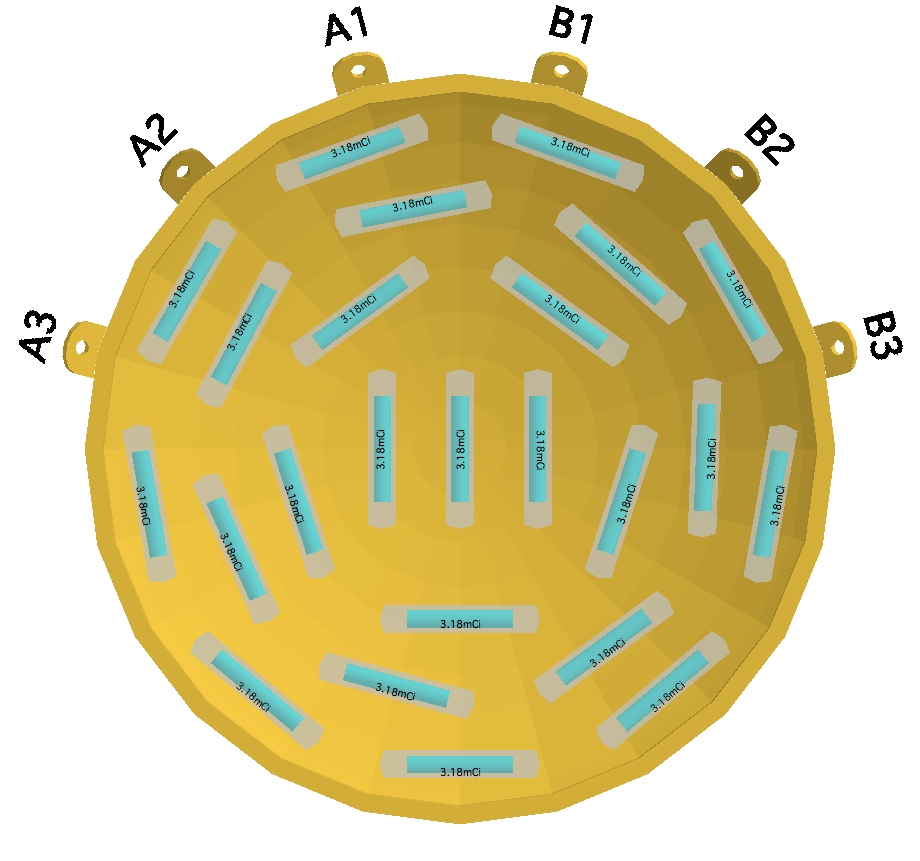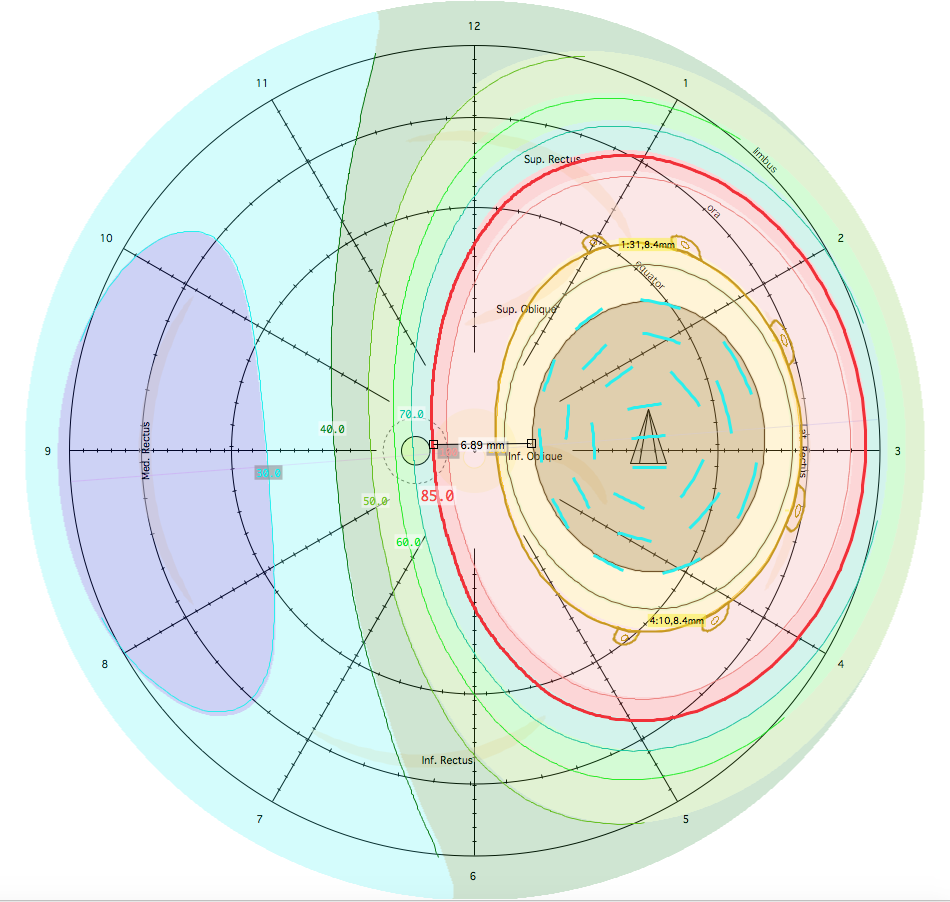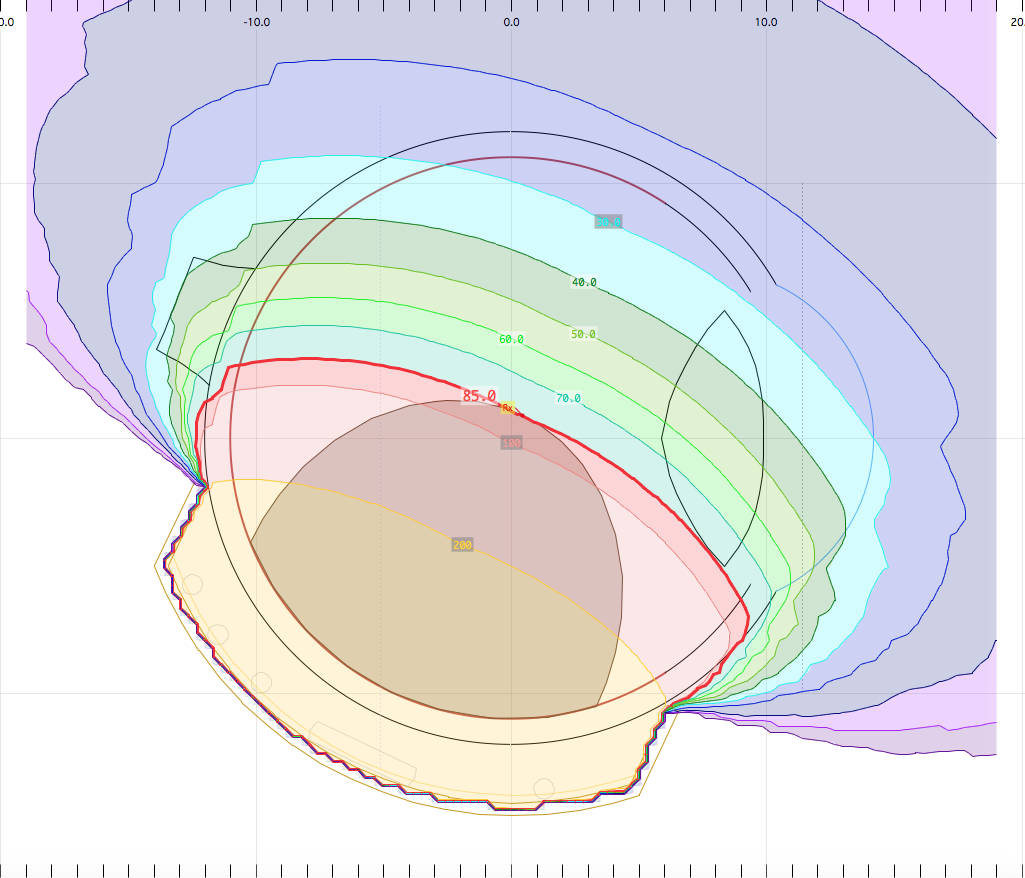
Radioactive Plaque Treatment
What is Radioactive Plaque Treatment?
If the size of the tumor in the eye is suitable, if it is located in a certain place if its thickness is less than 1 cm and its base is less than a certain size, treatment with radioactive gold plates directly on the wall of the eye is recommended.
The isotopes that can be used in a radioactive eye plaque are cobalt-60, iodine-125, and ruthenium-106. Radioactive sources of iodine-125 are the most widely used sources. For this reason, plaques with the isotope of iodine-125 are used during the operation. The distributions of doses of radiation therapy to be applied according to the size of the tumor transferred to the computer environment before the operation are calculated by the brachytherapist physicist. After the required dose is administered, the radioactive plaque is removed from the eye.
The operation is usually performed under general anesthesia. During the operation, the localization of the tumor is determined and a radioactive plaque is sewn to the sclera over the site of the tumor. In addition to plaque treatment, thermotherapy or cryotherapy may be required during or after surgery. The radioactive plaque is adjusted according to the dose to be administered, and after an average of 4-7 days, it is surgically removed from the eye again. After surgery, patients are regularly examined (usually on the 1st day, 1st week, 1st month, 3rd month, 6th month after surgery). Immediately after the operation, a temporary increase in the size of the tumor and an increase in retinal detachment may occur. The tumor decreases in size 3-6 months after the plaque is placed.
Other complications that may result from treatment are problems associated with anesthesia during surgery, infection, cataract formation, radiation-induced damage to the retina and optic nerve, occlusion of the central retinal artery, intraocular bleeding, increased eye pressure (glaucoma), melting on eye wall (sclera), double vision, strabismus, inflammation of the cornea (keratitis, dry eye and intraocular reaction (uveitis)), blurred vision and loss of vision.




Prepared by the Dünyagöz Hospital Editorial Board.
*The content of this page is for informational purposes only. See your doctor for diagnosis and treatment.
Last Update Date: 23.06.2023






